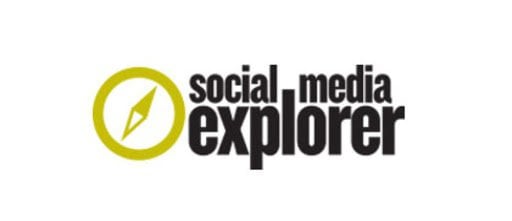
Times like these are a reminder of why social media is such an important business tool. If it weren’t for social media, thousands of businesses would have no meaningful way to connect with their customers, engage their audiences, and implement cost-effective and organic branding strategies during the COVID-19 crisis.
Yet despite the opportunity social media provides small businesses, only a small percentage actually realize their full potential on platforms like Facebook, Instagram, and Snapchat.
But how do you know if you’re succeeding? A social media assessment is a good place to start.
The Difference Between an Assessment and an Audit
Before we dig into the details of how you can conduct a proper social media assessment, let’s get clear on one thing: We aren’t talking about an audit. (Which is the phraseology most businesses use.)
“It’s important to note that an assessment is not an audit,” mentions PinnacleART, a leader in comprehensive asset reliability and integrity programs.” An audit, in its simplest terms, is a pass or fail result that must be documented and enforced. An audit is built from the outcome of an inspection and demands actions from findings. An assessment refers to an evaluation.”
That’s all you’re trying to do here. You’re trying to assess whether or not your current approach to social media is working. And if it’s not, the assessment gives you an opportunity to make some constructive changes.
5 Tips for a Proper Social Media Assessment
Okay, now that we’ve laid the groundwork and set the expectation, let’s explain how you conduct a social media assessment.
1. Compile Your Info
Start by creating a spreadsheet with a few different columns. In one column, you copy and paste the account URL to your profile. This gives you a dedicated row for each platform (such as Facebook, Twitter, Instagram, Snapchat, Pinterest, etc.).
The other columns contain information that you deem to be important – like followers, engagement, demographics, and other important KPIs and metrics.
This spreadsheet provides a basic overview of your channels. It can be updated over time so that you can track your performance with each new assessment.
2. Check the Basics
There are certain basics that need to be analyzed during every social media assessment. You’re checking the following items just to be sure that nothing has slipped through the cracks:
- Profile picture
- Bio information
- Website URL
- Headers
- Etc.
Take a quick look at these elements to make sure there aren’t any spelling errors, missing details, or inaccurate information.
3. Study Your Best Content
Now we get to the heart of a good social media assessment. This is where you study your best content and analyze it to figure out how you can reshape your content strategy to get better results.
Make a spreadsheet and go through the last 20-50 pieces of content you’ve shared. Now track the impressions, clicks, comments, and shares for each. With enough data, you’ll start to see which posts perform well and which don’t. For example, you may discover that short-form video is doing really well but 500-word blog posts aren’t.
4. Study the Competition
It’s also helpful to study your two or three biggest competitors in the space. Run the same exact content analysis for their previous 20-50 posts. Which pieces are working well for them? How can you take these same concepts and create superior content to share with your followers?
5. Grade These Items
Based on what you know about your own social profiles, as well as the leaders in your industry, go through and grade every element of your social strategy. You can use an A-F scale, a 1-10 scale, or whatever else makes you happy. Just make sure you’re analyzing things like:
- Page/profile optimization
- Visual content
- Written copy
- Comments and engagement
- Responsiveness to comments and messages
- Branding consistency
- Use of messenger/chatbots
- Follower growth
- Paid advertising
- Post frequency
- Content mix
- Live video
- Etc.
The more you dig into these elements individually, the better your overall strategy will become.
Take Your Social Media Strategy to the Next Level
Having some social media presence is better than having none. But for many brands, their social media strategy does nothing but zap time and resources. In order to make this a high returning component of your larger marketing strategy, you need to get serious about reaching and engaging the right people. Hopefully a proper assessment puts you on the right path moving forward.
SME Paid Under











